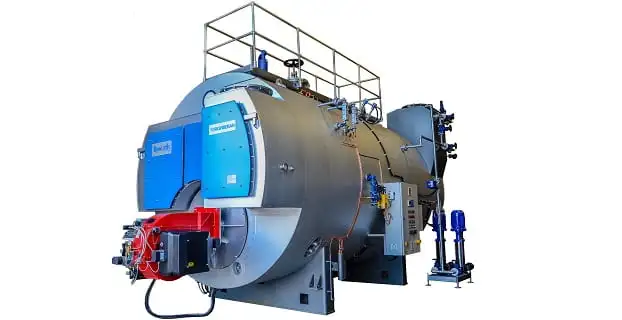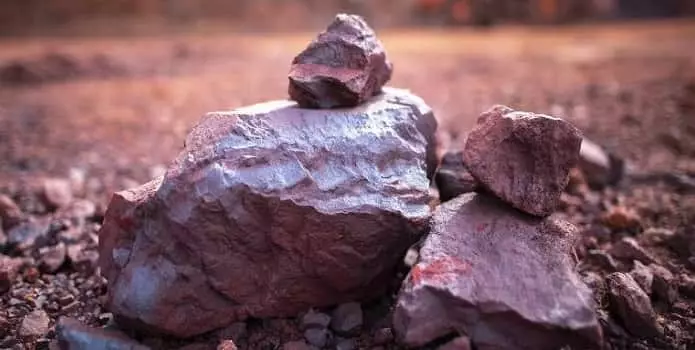Mica is in high demand across many different businesses because it possesses a variety of qualities that are valuable. Mica quality is all about color, transparency, size, and thickness. The better these factors are, the higher the market value. So, top-notch mica will have an even color, be free of impurities, and have minimal inclusions. But that’s not all, grade, purity, and demand also play a role in determining the value of this shiny mineral.
In recent years, there has not been a significant shift in the global mica production.
China is the most important producer, followed by Russia, the United States of America, Finland, and South Korea.
It is anticipated that there would be an increase in global demand for mica as a result of increased consumption in end-use areas such as plastics, cosmetic, technology, construction, and so on; in addition, mica can be used in robotics.
Top Countries For Mica Production in World
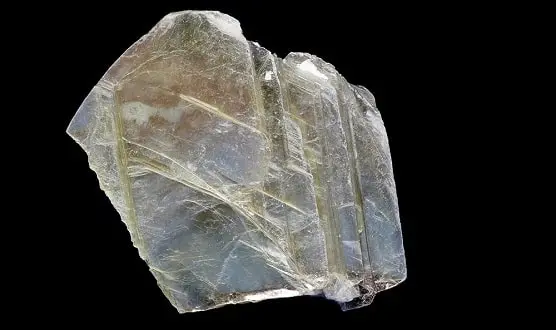
Here is a list of countries that are the biggest producer of mica in the world
1. China

China was the leading producer of mica in 2021, producing an anticipated 95,000 metric tonnes of mica, making it the greatest producer of mica in the world.
Micas find use in a wide variety of products, including drywalls, paints, fillers, and especially components for autos, roofing and shingles, and also electronics. Micas are also utilized in some electronic devices. In the cosmetics industry, the mineral is known as a “shimmer” or “frost” additive.
China has reported the production of 7, 80,000 tonnes mica recently.
2. Russian Federation

Micas are an exceptionally versatile category of minerals. Due to its adaptability, elasticity, and low electrical and thermal conductivity, mica has found widespread application in numerous fields. Mica is widely utilized in the cosmetics and paint industries and plays an important role in the electronics industry as an insulator. According to the US Geological Survey, China, Finland, as well as the United States will be the top 3 producers of mica in 2020.
Extremely few crystals are extracted using industrial mining methods. Phlogopite, a bronze-colored variant, is the second most popular commercial form after muscovite white mica, which is used in 90% of the world’s production and consumption. Mica’s wide particle size distribution, from microns to several centimeters and even meters, sets it apart from other platy minerals.
Russian federation has reported the production of 1, 00,000 tonnes of mica recently.
3. Finland

Finland is a Nordic country in northern Europe, and it has coastlines on the Baltic Sea, the Gulf of Bothnia, and the Gulf of Finland. As of 2012, the population was 5,262,930 and the land area was 338,145 km2. Climates in the country range from chilly temperate to warm subarctic.
Finland is rich in a wide variety of minerals, including mica. Industrial mineral, as gold, base metals, plus platinum-group metals were the mainstays of the country’s mining industry in 2010.
Sales of mineral goods on both the domestic and international markets quadrupled from 2009 to 2010. In 2010, the overall sales value topped $1 billion, up from $613 million the previous year.
Finland has reported the production of 53,394 tonnes of mica recently.
4. United States

Natural resources abound in the United States of America like mica. Approximately 27% of the world’s total coal reserves are located there, making over 475 billion tonnes of coal. Demand for minerals in the United States is significant, and the construction sector uses roughly 51% of the country’s copper.
The mining sector in the United States is cutting edge because it uses cutting-edge tools to ensure worker safety and long-term viability. As a bonus, it creates a lot of high-paying jobs and helps the country’s economy grow. In 2022, the mining industry in the United States provided jobs for more than 621,000 individuals.
USA has reported the production of 48,100 tonnes of mica recently.
5. Korea
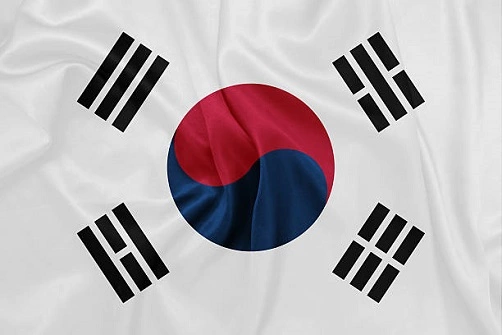
Since 2010, Korea has risen to the top of the global market for steel, cadmium, and slab zinc, as well as the top in the region for mica. There are more advanced and technologically advanced private and public enterprises ahead of South Korea in the mining sector, but the country continues to actively participate in the mining industry.
There has been consistent expansion in the mining industry in recent years in South Korea. Both governments of the United States and the Republic of Korea reached an agreement on free trade that went into force at the start of 2012. Copper, mica and steel produced in South Korea are anticipated to have increased demand as a result of reconstruction efforts in Japan.
Korea has reported the production of 30,000 tonnes of mica recently.
6. Canada

The Canadian mining company Suzorite Mica extracts phlogopite mica from a mine about 300 kilometers north of Montréal, close to the small community of Parent. Phlogopite is processed at a plant in Boucherville, close to Montréal. There, it is crushed, improved, and sorted. Roughly 30,000 metric tonnes (t) of concentrates are produced per year.
Mica is used primarily as an extender or filler in North American adhesives, sealants, joint compounds, paints, plastics, and rubber, accounting for 85% of the region’s total mica consumption. Extender & filler products employ only ground mica, which is manufactured primarily from flake mica.
Mica is employed to add body to joint compositions, keep them from cracking, and boost their fluidity. Ground mica is used extensively in the production of gypsum wallboard. It is employed as a corrosion inhibitor in paints. It’s a strengthening compound for plastics and rubber.
Canada has reported the production of 22,000 tonnes of mica recently.
7. France

Mica is only one of many natural resources that have helped put France at the forefront of European power.
The French economy was hit hard by the global financial crisis of 2008-2009, despite the country’s longstanding commitment to free markets and capitalism. Nonetheless, with $2.246 trillion, the country’s GDP stayed in the trillion-dollar club in 2011. Just after Germany & the United Kingdom this economy has the third highest GDP in (EU).
France is shifting its focus from mining to mineral processing. France’s mainland is devoid of any significant mining enterprises. Fuel & nonfuel mineral raw resources needs in the country have been largely fulfilled by imports.
France has reported the production of 20,000 tonnes of mica recently.
8. India

Refractive minerals like mica are essential components in effect pigments that shine brightly. In the beauty and personal care industries, this effect is often used. Plastics and coatings are just two examples of industrial uses for these pigments.
About 60% of the world’s sheet mica is mined in India, making it India’s most important mineral export. The mica-rich states of Jharkhand & Bihar are located in the country’s northeast.
A large portion of Bihar and Jharkhand’s population still lives in poverty, which major companies takes advantage of when sourcing mica. There is a severe lack of regular, permanent employment opportunities, as well as health and educational resources, and as a result, desperate families have turned to illicit mining to support themselves.
India has reported the production of 14,250 tonnes of mica recently.
9. Argentina
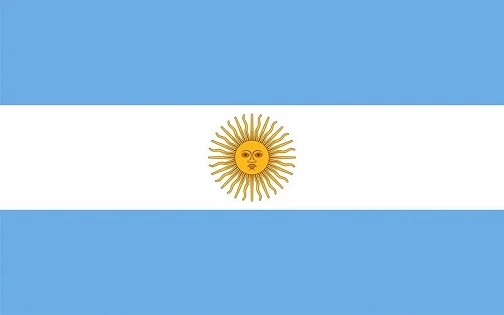
Argentina is indeed a country that possesses a substantial quantity of natural resources; it is a participant in the G-15 & G-20 major economies; and it is one of the robust economies found in Latin America.
In addition to petroleum, uranium, and lithium, the country possesses significant amounts of mica and other major mineral resources. In 2016, Argentina’s mining industry was responsible for 3.2% of the country’s GDP, which amounted to $17.8 billion.
Argentina’s government is stable, and the country’s mining policies and laws are known to be among the most secure in the world. Argentina is considered a “middle power,” and its human development index ranking is “extremely high.”
A rule that forbade mining in and near the big glacier inside the south of the nation was enacted in 2010, as part of a forward-thinking and environmentally conscious effort to promote sustainability.
The newly elected administration in 2016 eliminated a tax of 5% on the export of any and all minerals that had been in effect since 2007. Additionally, the government issued a regulation that abolished the imposition of export customs on raw and semi finished forms of gold and silver.
Argentina has reported the production of 10,000 tonnes of mica recently.
Mica Production Frequently Asked Questions
Q1. Are There Any Alternatives To Natural Mica That Are Used In Industries?
You bet! Synthetic mica is one such alternative. Made through a chemical process, it’s often used in cosmetics, automotive coatings, and electrical insulation. The great thing about synthetic mica is that it’s more consistent in quality and free from impurities. However, it might not always be the best replacement for natural mica because of differences in properties and cost factors.
Q2. What Are The Environmental And Social Impacts Of Mica Mining?
Mica mining can be a bit of a bummer for the environment, causing deforestation, habitat destruction, and soil erosion. The use of chemicals during extraction can also contaminate water and soil. As for the people, mica mining has been connected to child labor and crummy working conditions in some countries. This is mainly due to the informal nature of the industry and the lack of regulation in certain areas.
Q3. How Is The Future Of Mica Production Expected To Evolve, Considering The Increasing Demand For Sustainable And Ethically Sourced Minerals?
With more people wanting sustainable and ethically sourced minerals, the mica industry is bound to evolve. Efforts to improve transparency, traceability, and ethical sourcing are already in action in some regions. This means implementing fair labor practices and responsible mining standards.
Q4. How Is Mica Extracted From The Ground, And What Are The Key Steps Involved In The Extraction Process?
Getting mica from the ground involves open-pit mining. Here are the main steps that go into extracting mica from the ground: Surveying and identification, Site preparation, Drilling and blasting, Extraction, Sorting and grading, and finally, Processing the minerals. So, from start to finish, it’s quite the journey for this glittery mineral!

